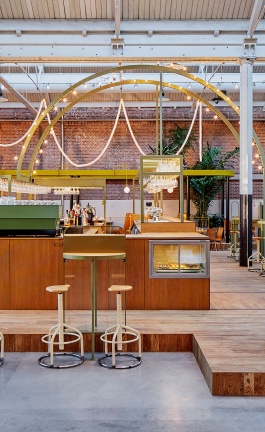Project Name
The BeekmanPosted in
Hotels, Design, Interior DesignLocation
Telephone
+1 212 233 2300Architecture Practice
Gerner Kronick + ValcarcelCompleted
September 2016Rooms
287Visit Website
thompsonhotels.com| Detailed Information | |||||
|---|---|---|---|---|---|
| Project Name | The Beekman | Posted in | Hotels, Design, Interior Design | Location |
123 Nassau Street New York City, NY 10038
United States |
| Telephone | +1 212 233 2300 | [email protected] | Architecture Practice | Gerner Kronick + Valcarcel | |
| Completed | September 2016 | Rooms | 287 | Visit Website | thompsonhotels.com |
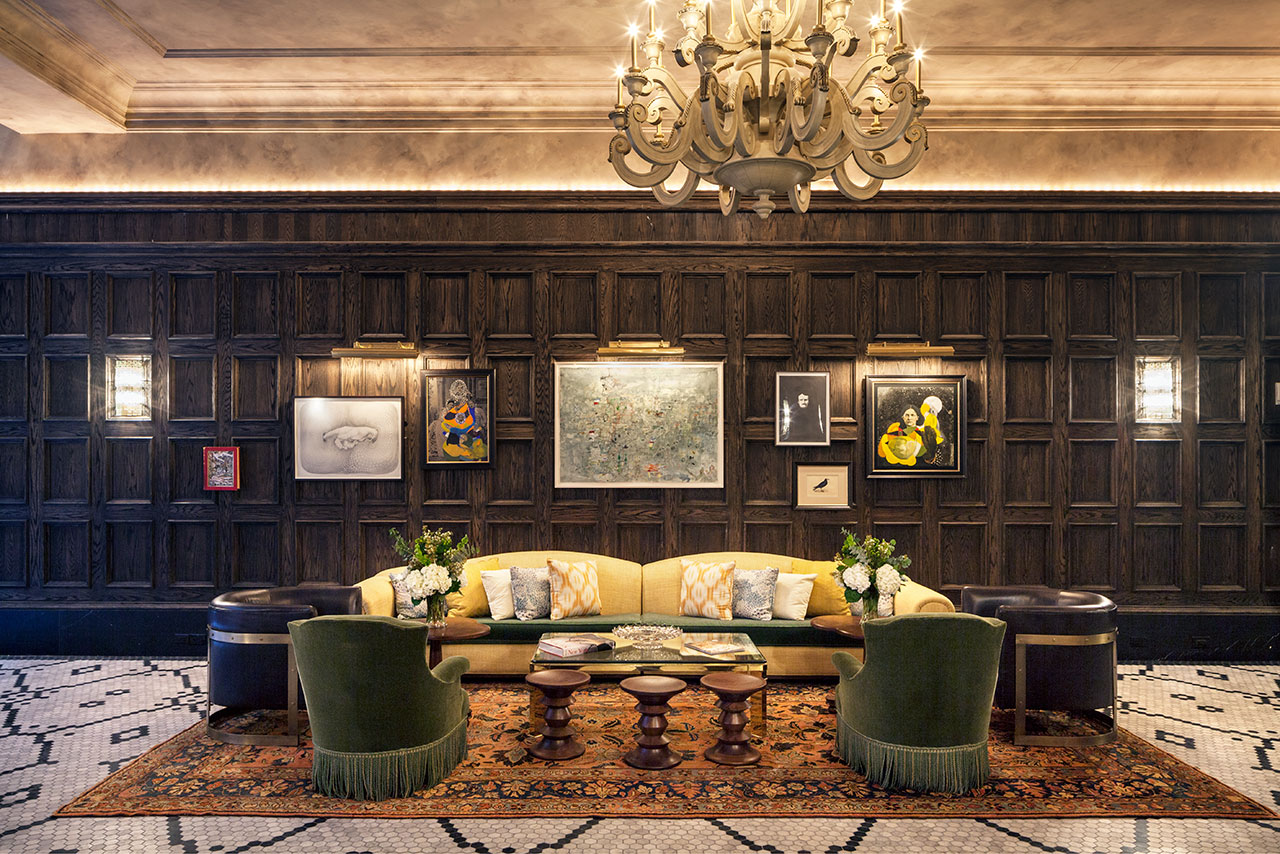
Photo by Richard Barnes.
New York hotels and landmarks are often similar; the city’s hospitality, marketed warts and all, is a pillar of the modern urban narrative. And this is where the Beekman’s building, now majestically restored by the architecture firm of Gerner Kronick + Valcarcel, lets its hospitality function shine through its long history. It is not just that it was built before several of the other most prestigious hotels in Manhattan. It is not that it has actively followed New York’s rise to the enduring metropolitan paradigm that it is today. It is also the immigrant story of ambition and success that commissioned it, the multiple uses it has had, and its phoenix-like endurance through the ages. In essence, the building housing the Beekman has long been a hotel. It has stood at the symbolically convenient foot of the Brooklyn Bridge as a concierge for people setting out to conquer New York City.

Photo by Bjorn Wallander.
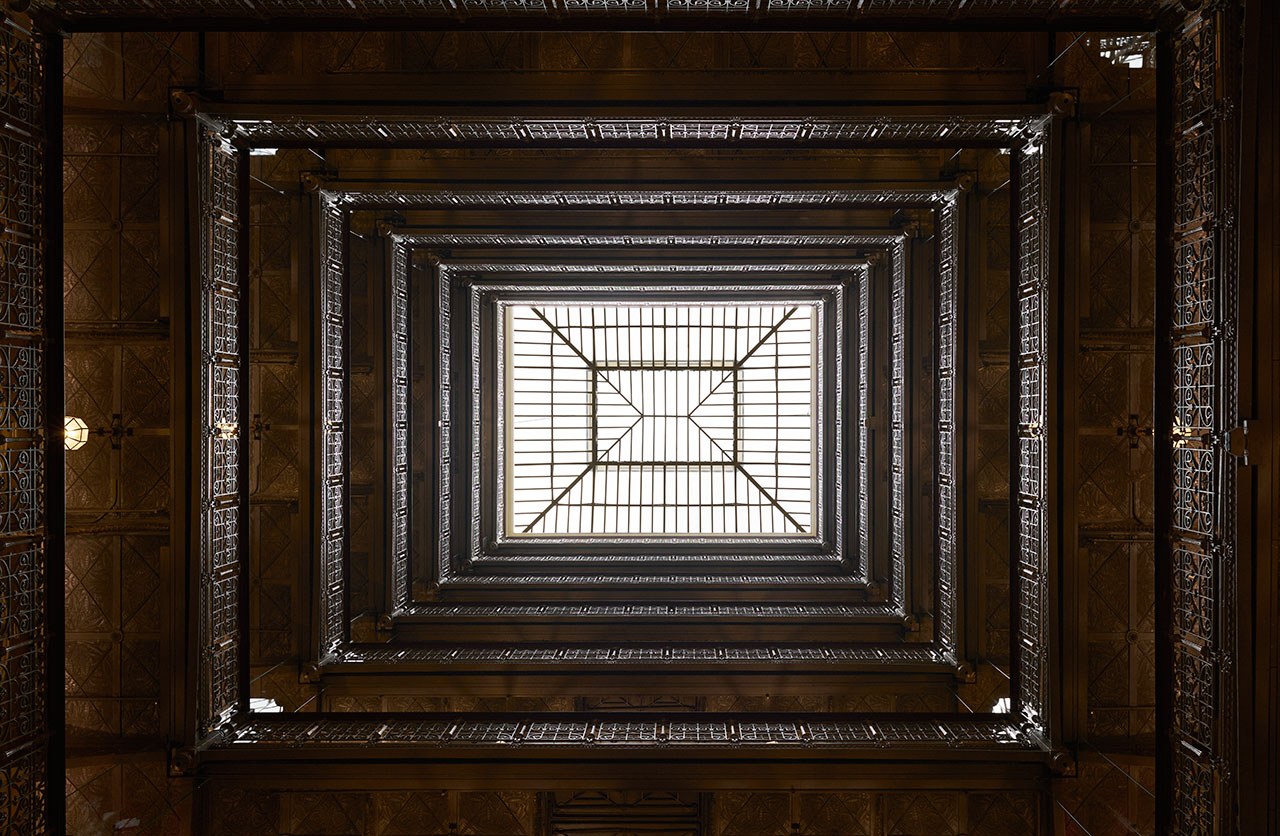
Photo © The Beekman.
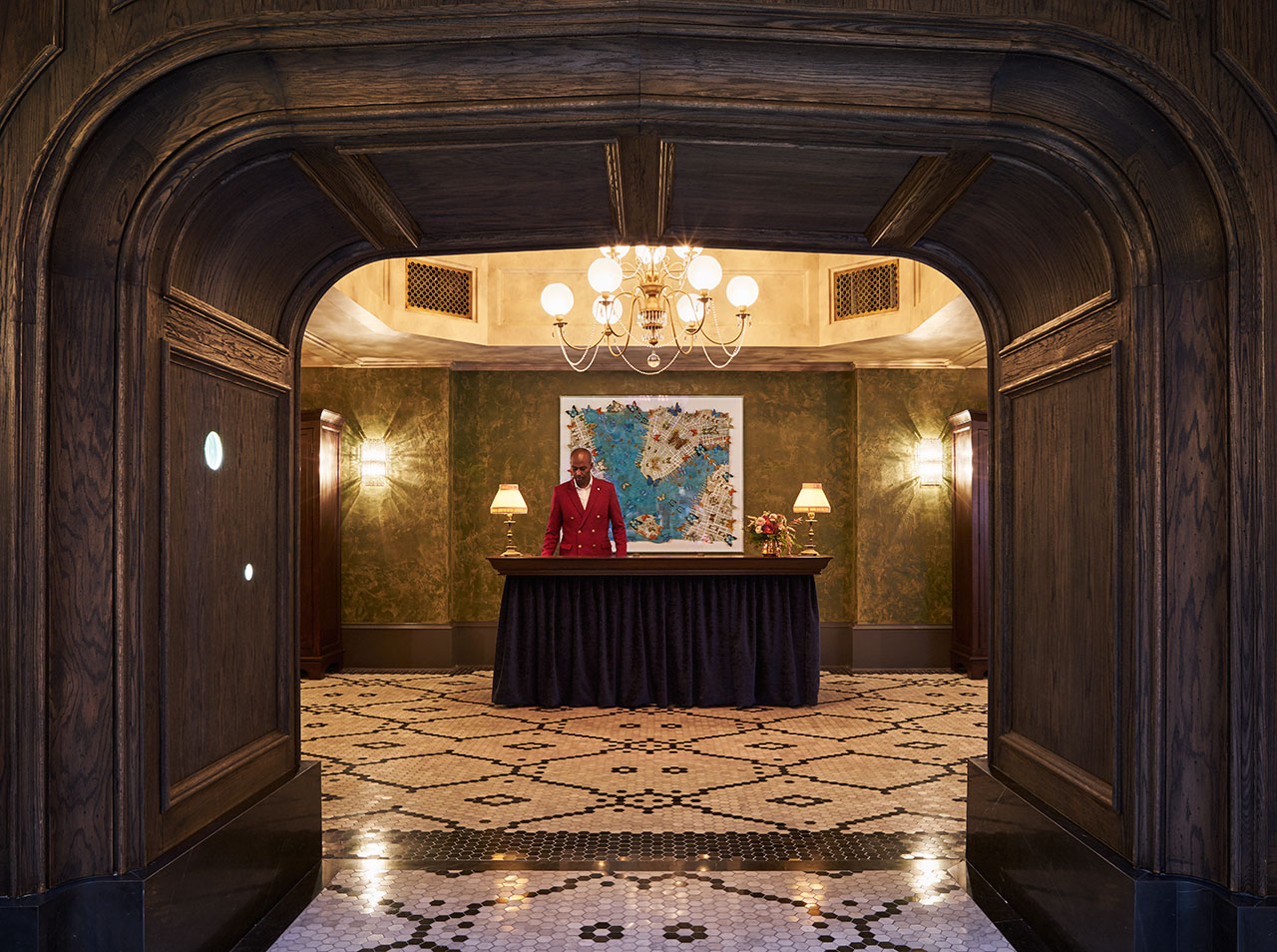
Photo by Bjorn Wallander.
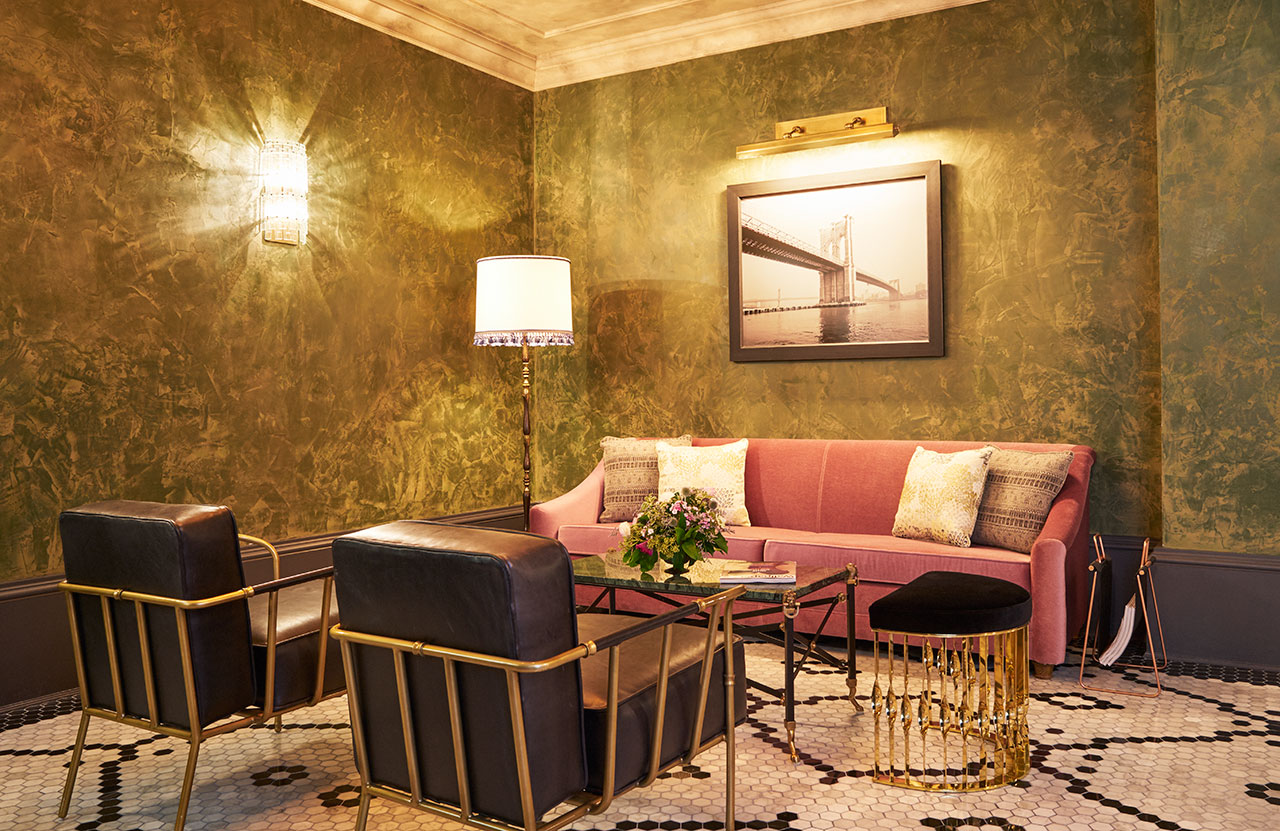
Photo by Bjorn Wallander.
This complex role of a haven for individual ambition in a town so comfortable in testing it is eloquently reflected in the Beekman’s interior design and overall aesthetic philosophy. Stressed by the colour palette and the lighting, the building’s wonderful ironwork calls back to the brute force of the city’s foundational, entrepreneurial spirit, while an ingenious use of carpets references both the patchwork that is Manhattan, and the insulation that its inhabitants seek from it. As dominant dark tones are entertained by bursts of colour in the furniture, and as public spaces linger between stern exclusivity and playful maturity, renowned interior designer Martin Brudnizki moves with elegance from the narrative of struggling ambition to one of luxury and sophistication –the province of ambition actualized. Brudnizki’s interpretation of the building’s evident imperial feel is an urban refuge simultaneously precluding and evoking Manhattan’s iconic hustle and bustle for guests’ benefit guests in the Beekman’s 287 rooms.
However, for all -or exactly because- of its many wonderful features, be that its history, design, art programme curated by Katherine Gass, featuring over 60 original works of art in its public spaces and guestrooms or indeed the culinary insights of restaurateur and chef Tom Collicchio and restaurateur Keith McNally, the Beekman’s defining feature has to be its skylight. It has to, because literally and figuratively, it makes you look up. And that’s as New York as it gets.
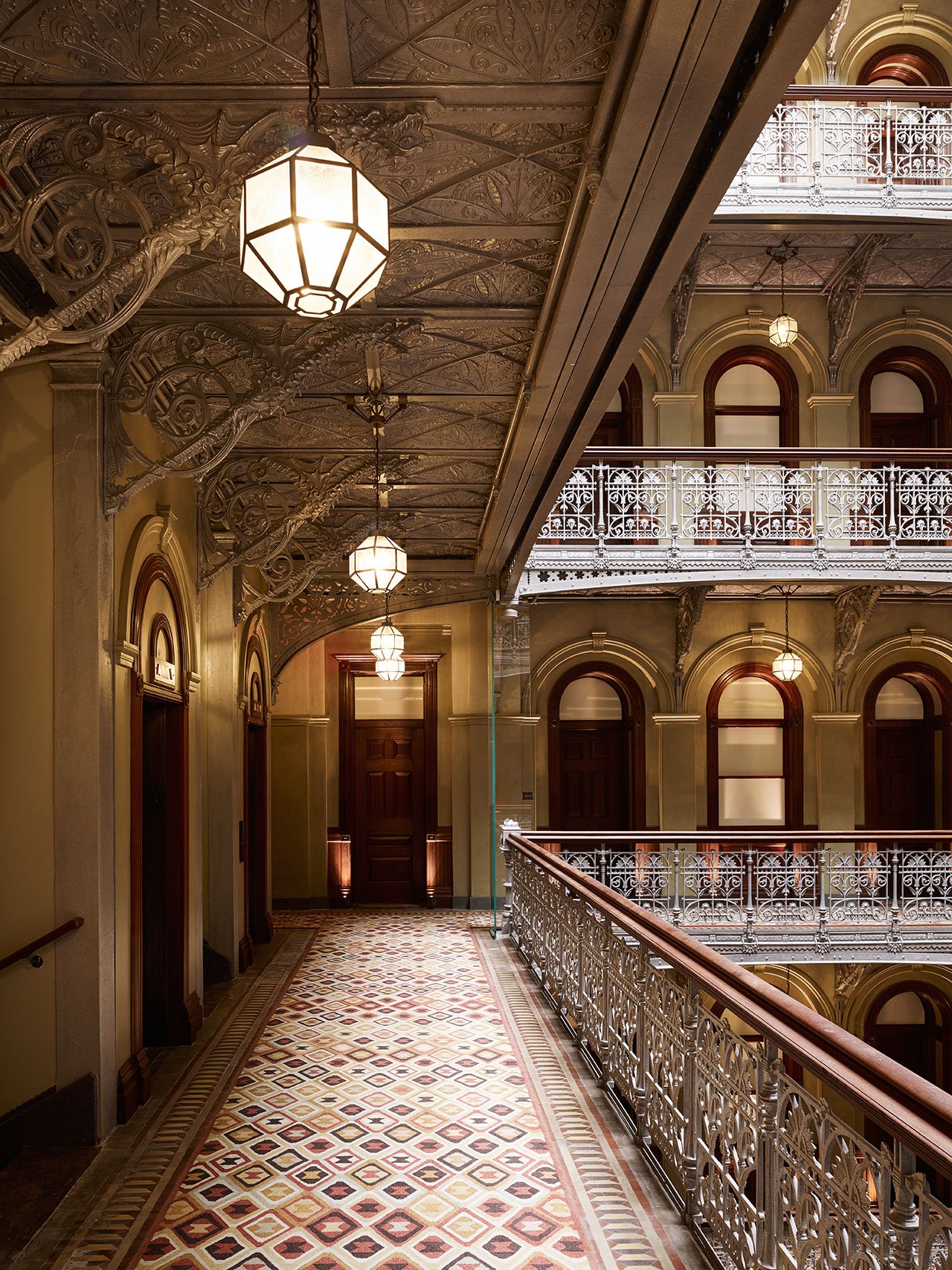
Photo © The Beekman.
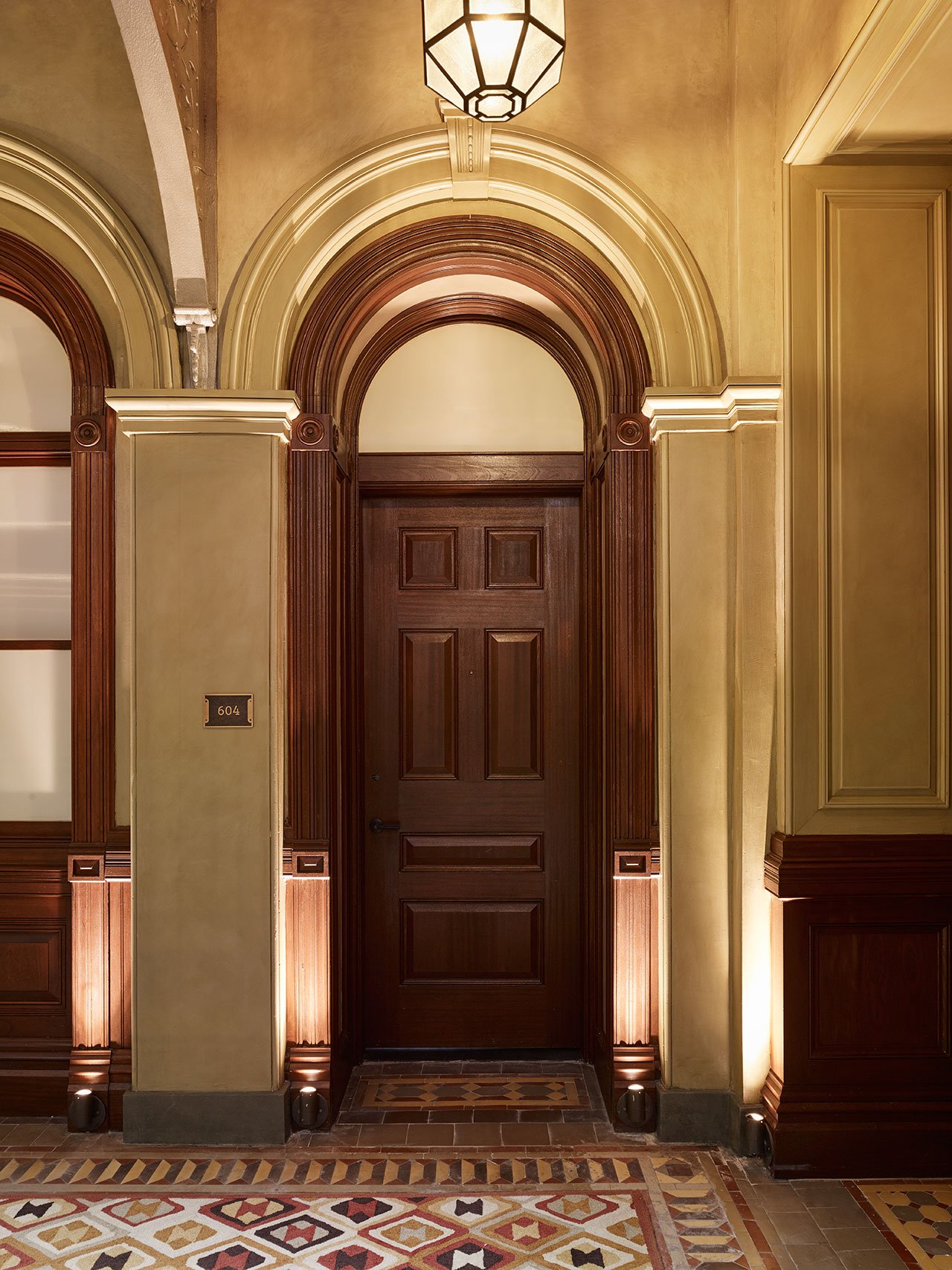
Photo © The Beekman.
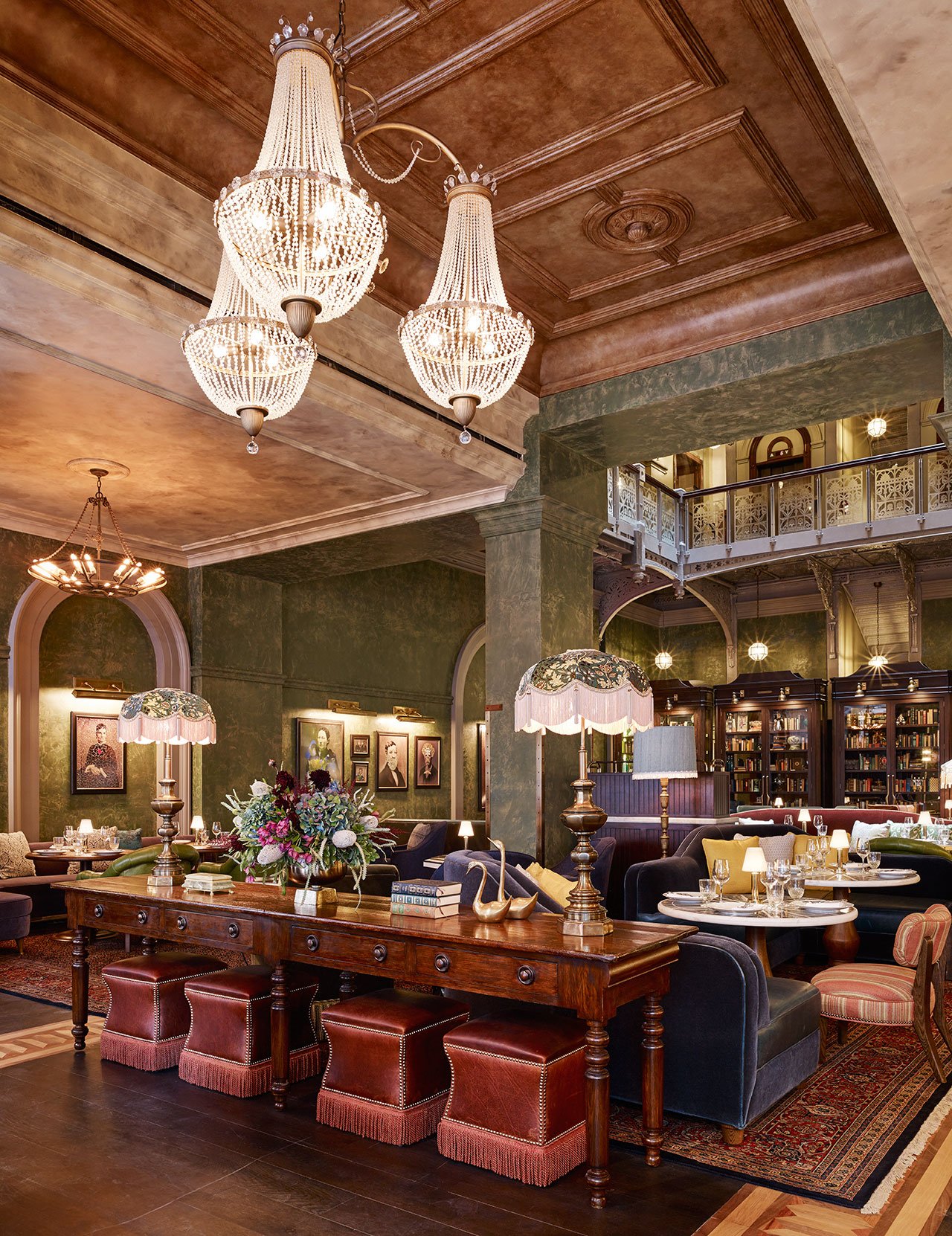
Photo © The Beekman.
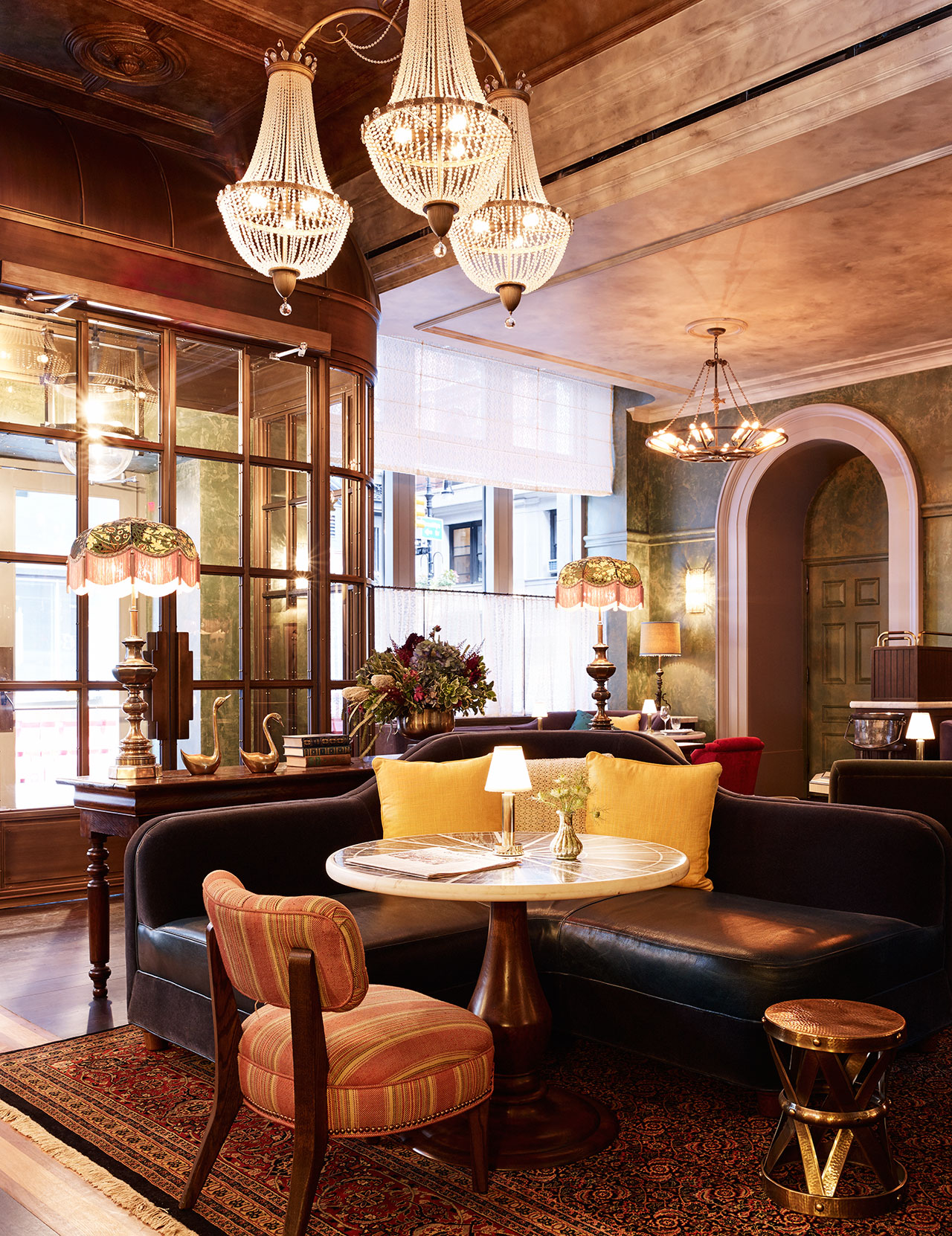
Photo © The Beekman.
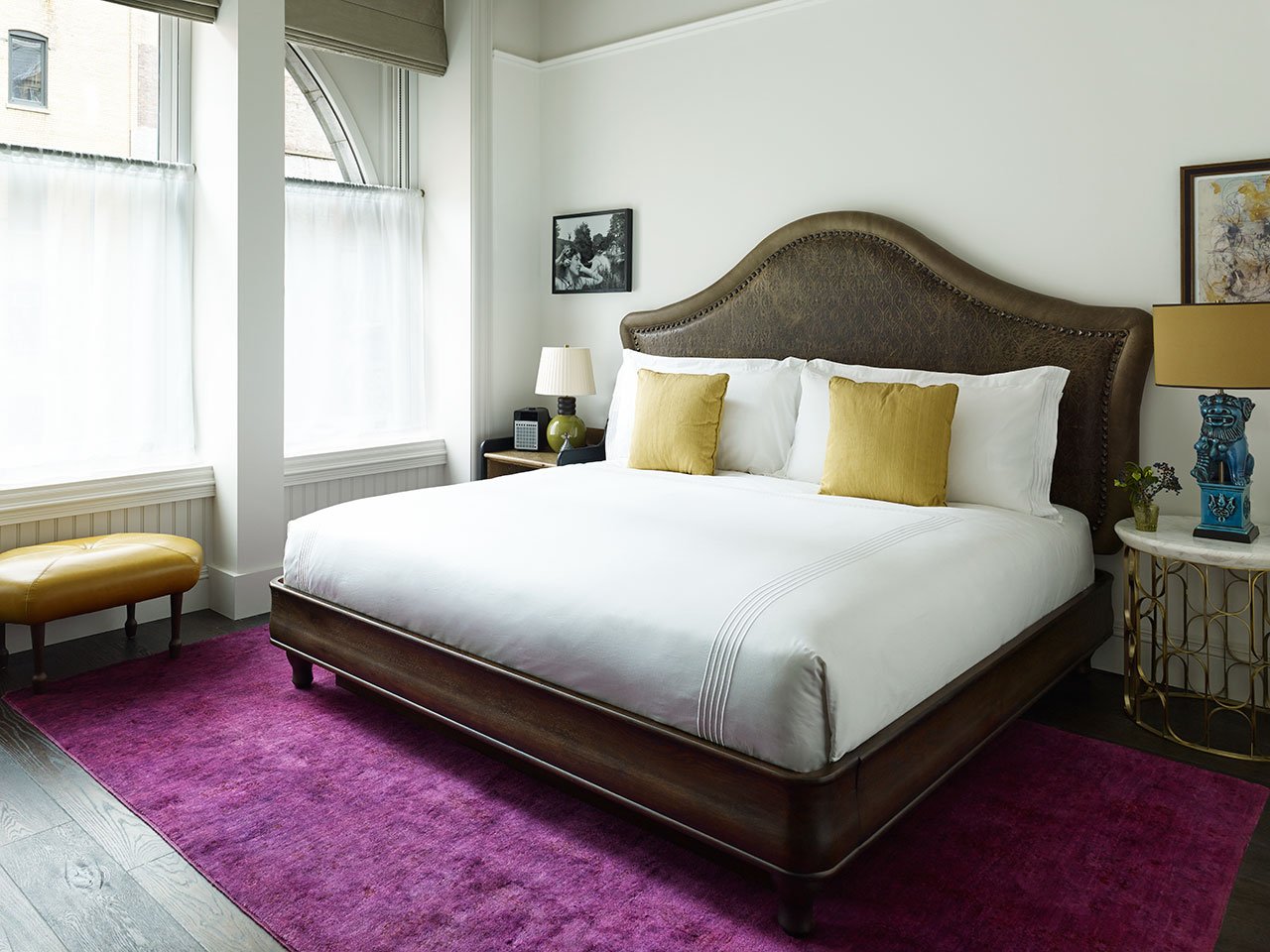
Photo by Bjorn Wallander.
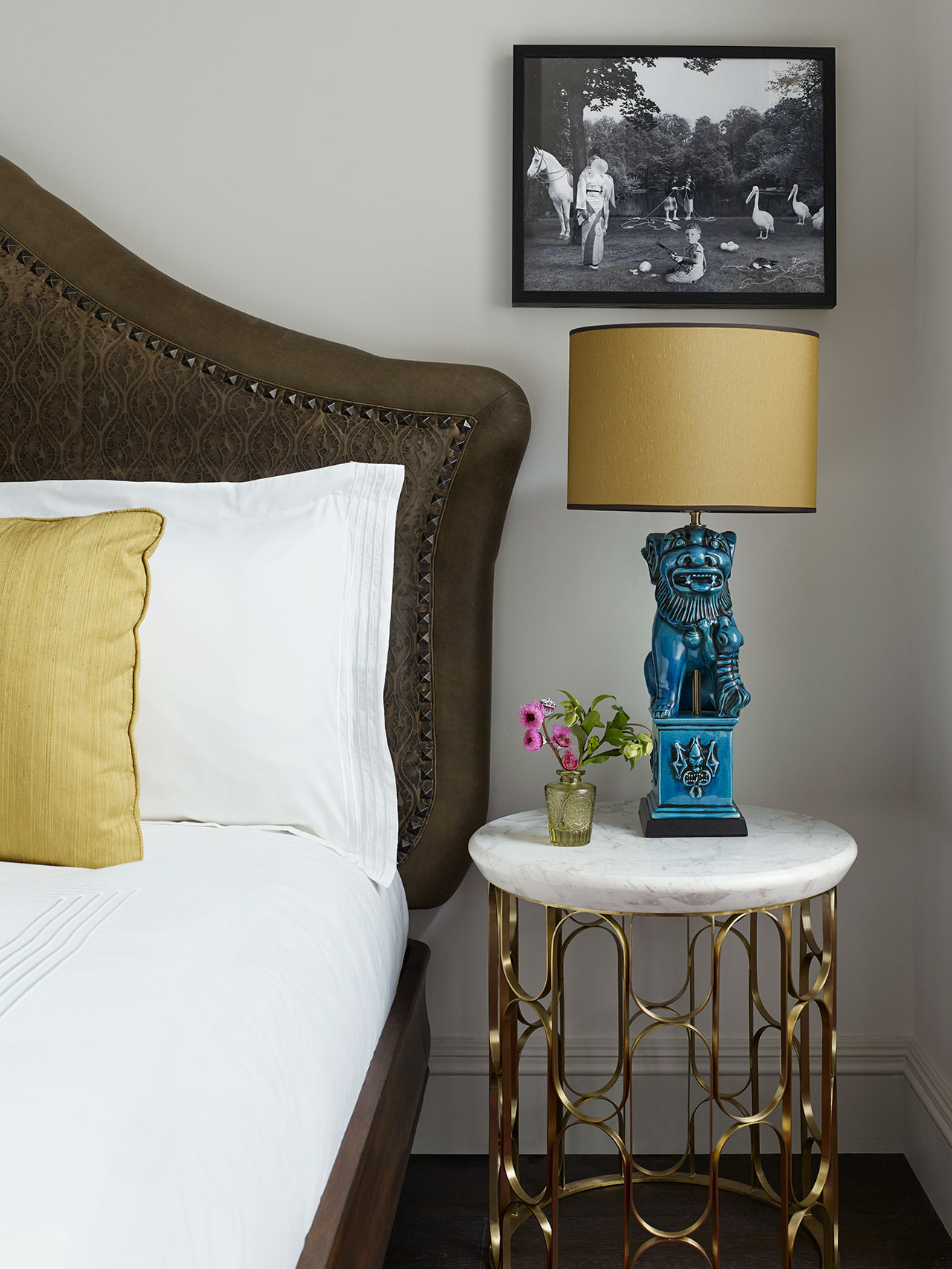
Photo by Bjorn Wallander.
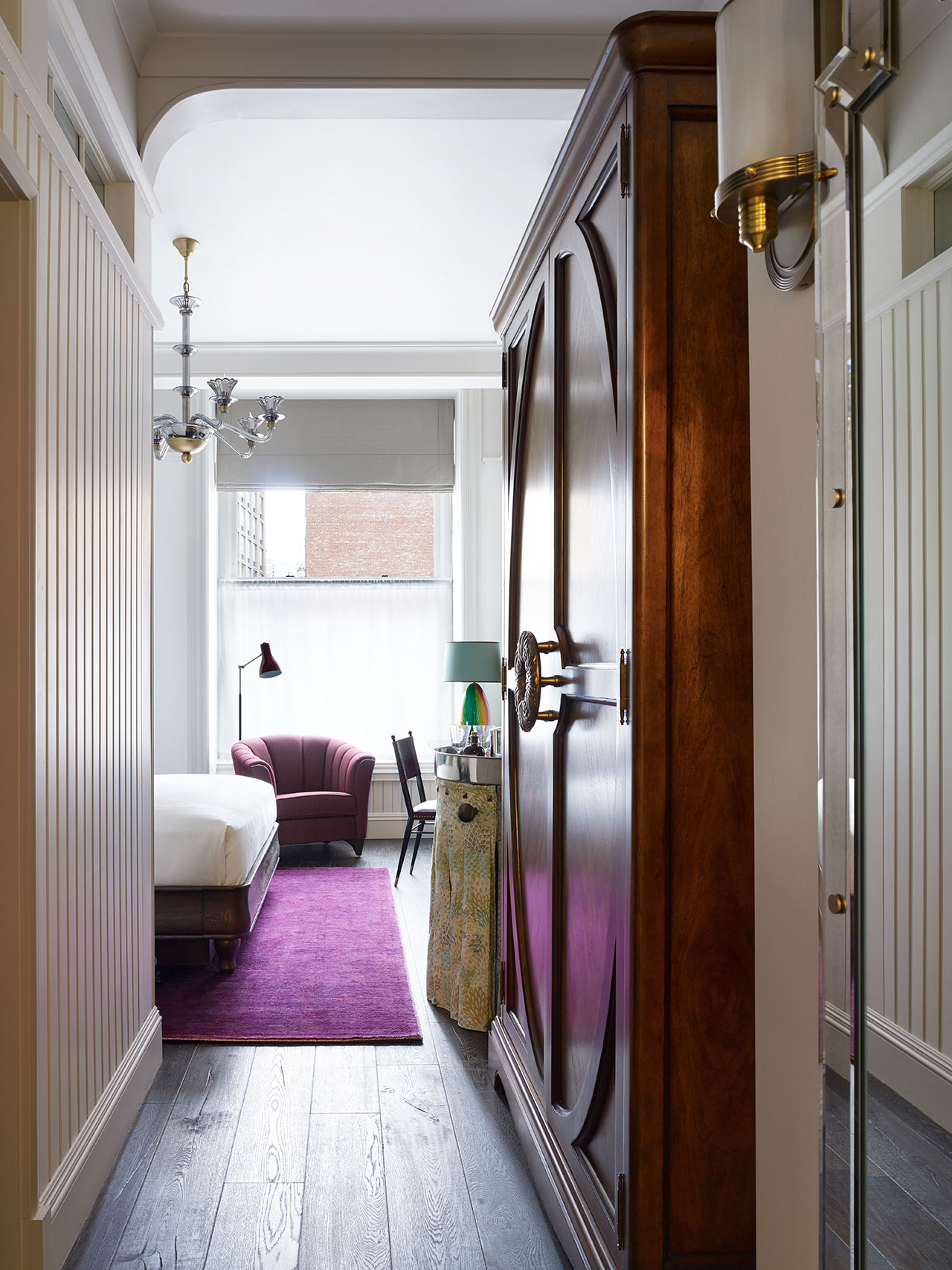
Photo by Bjorn Wallander.

Photo by Bjorn Wallander.
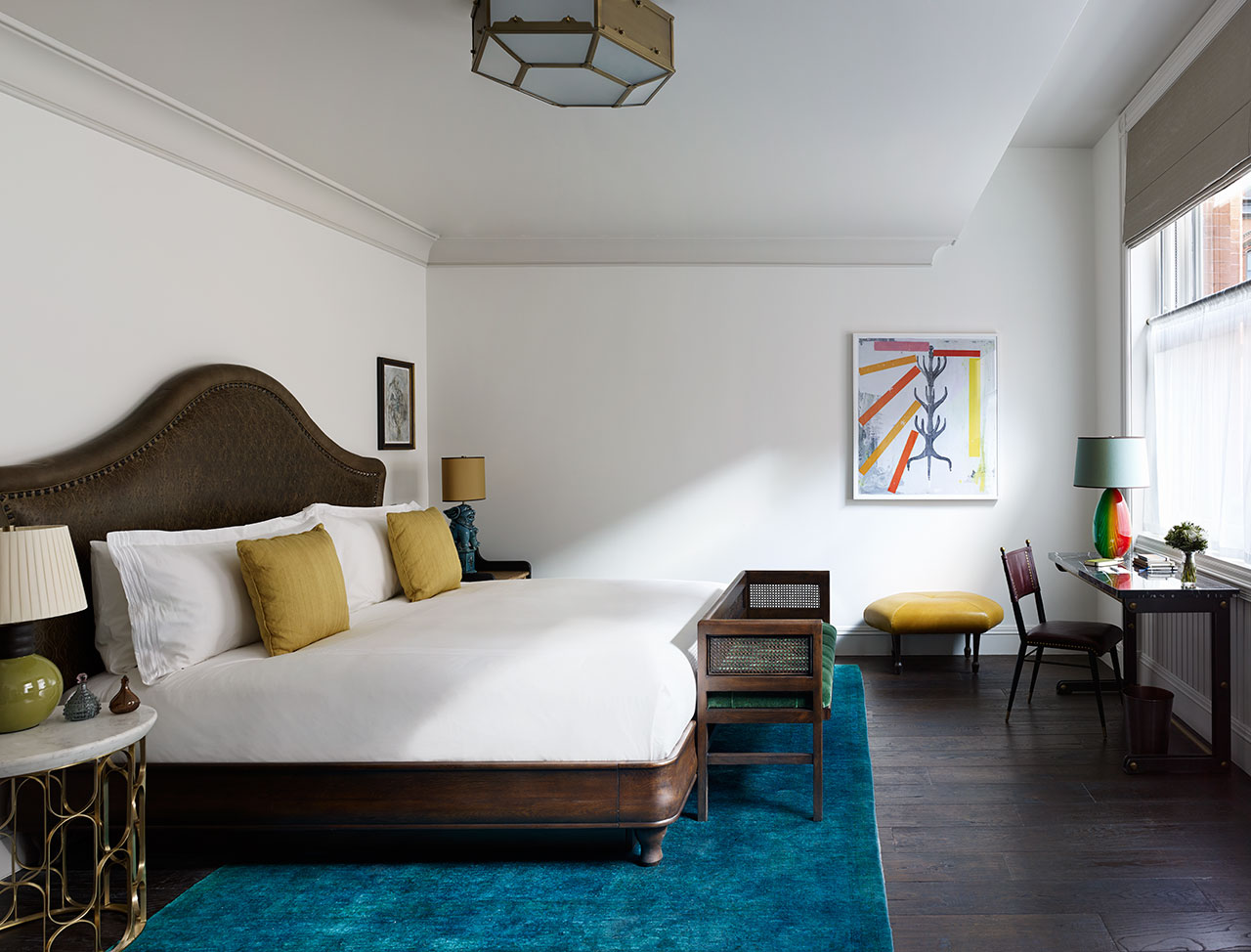
Photo by Bjorn Wallander.
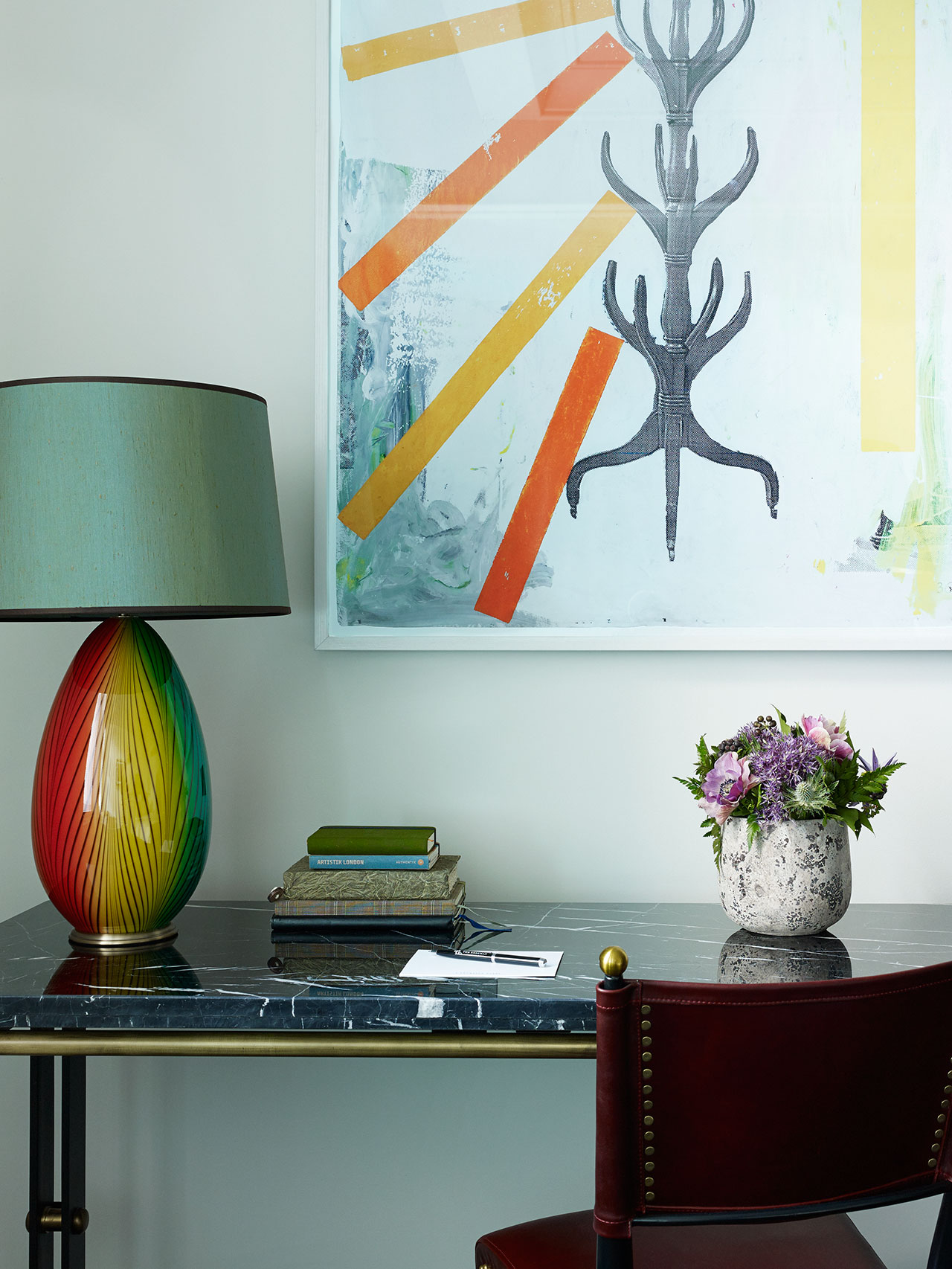
Photo by Bjorn Wallander.

Photo by Richard Barnes.
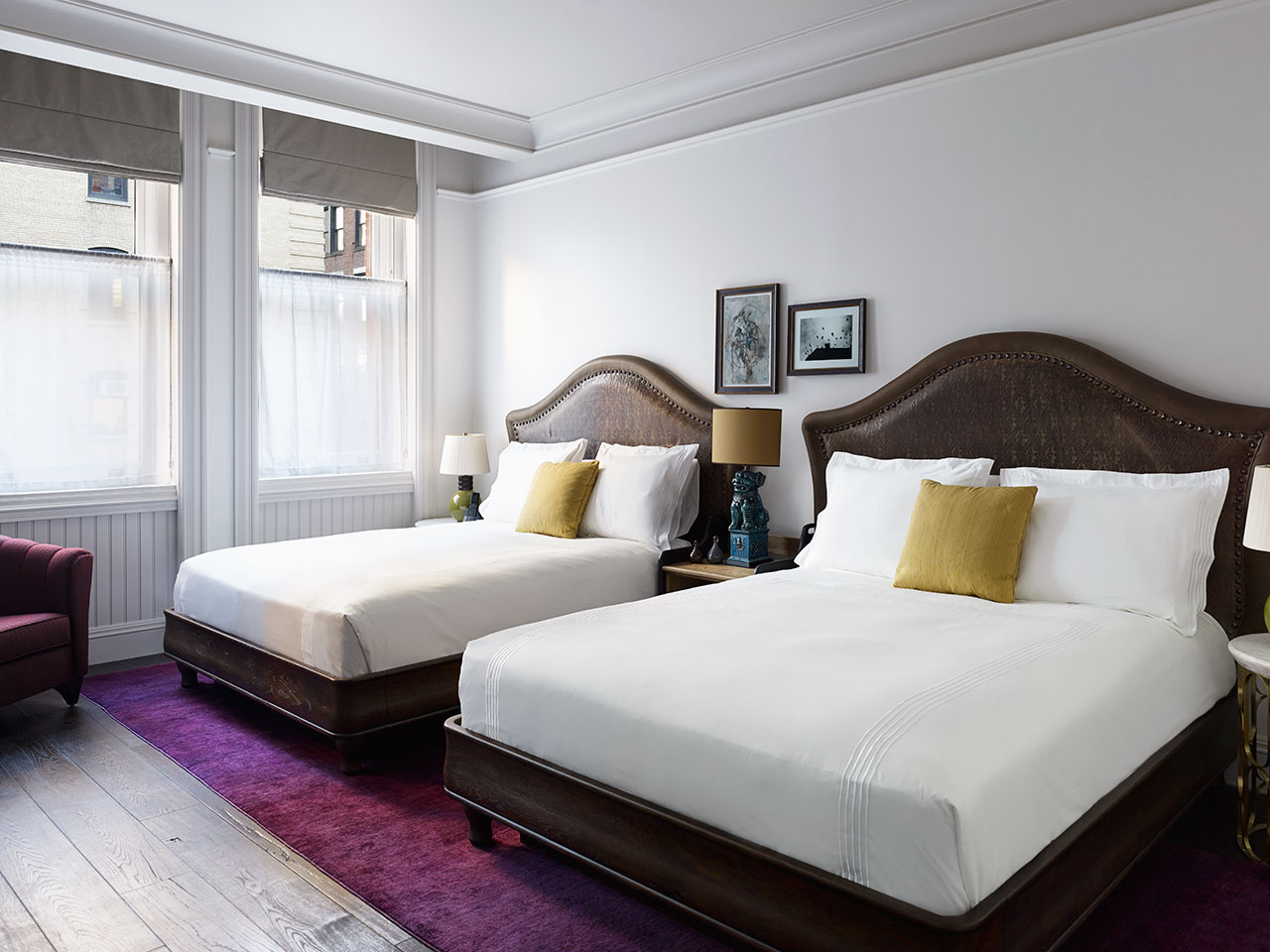
Photo by Bjorn Wallander.
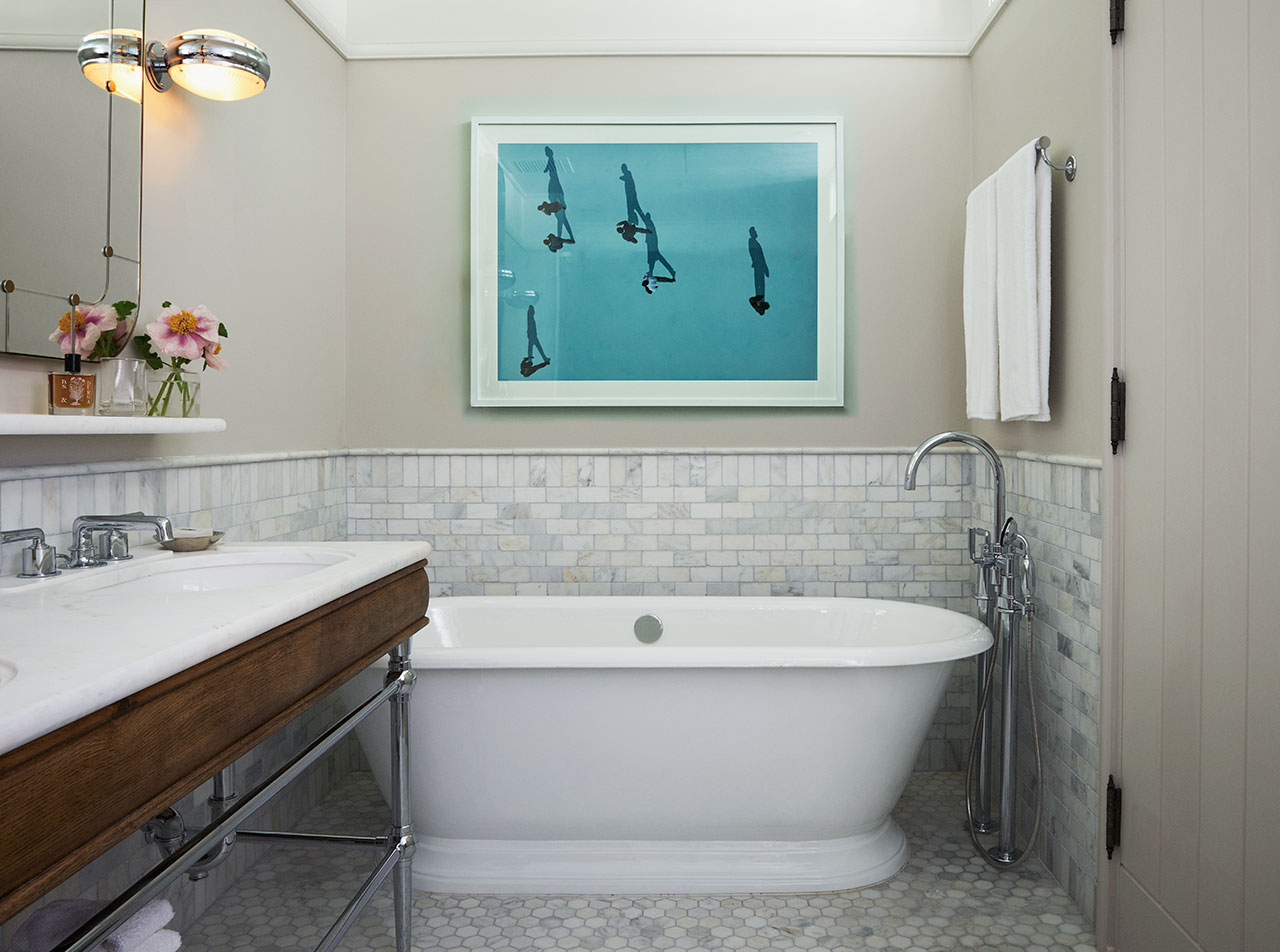
Photo by Bjorn Wallander.
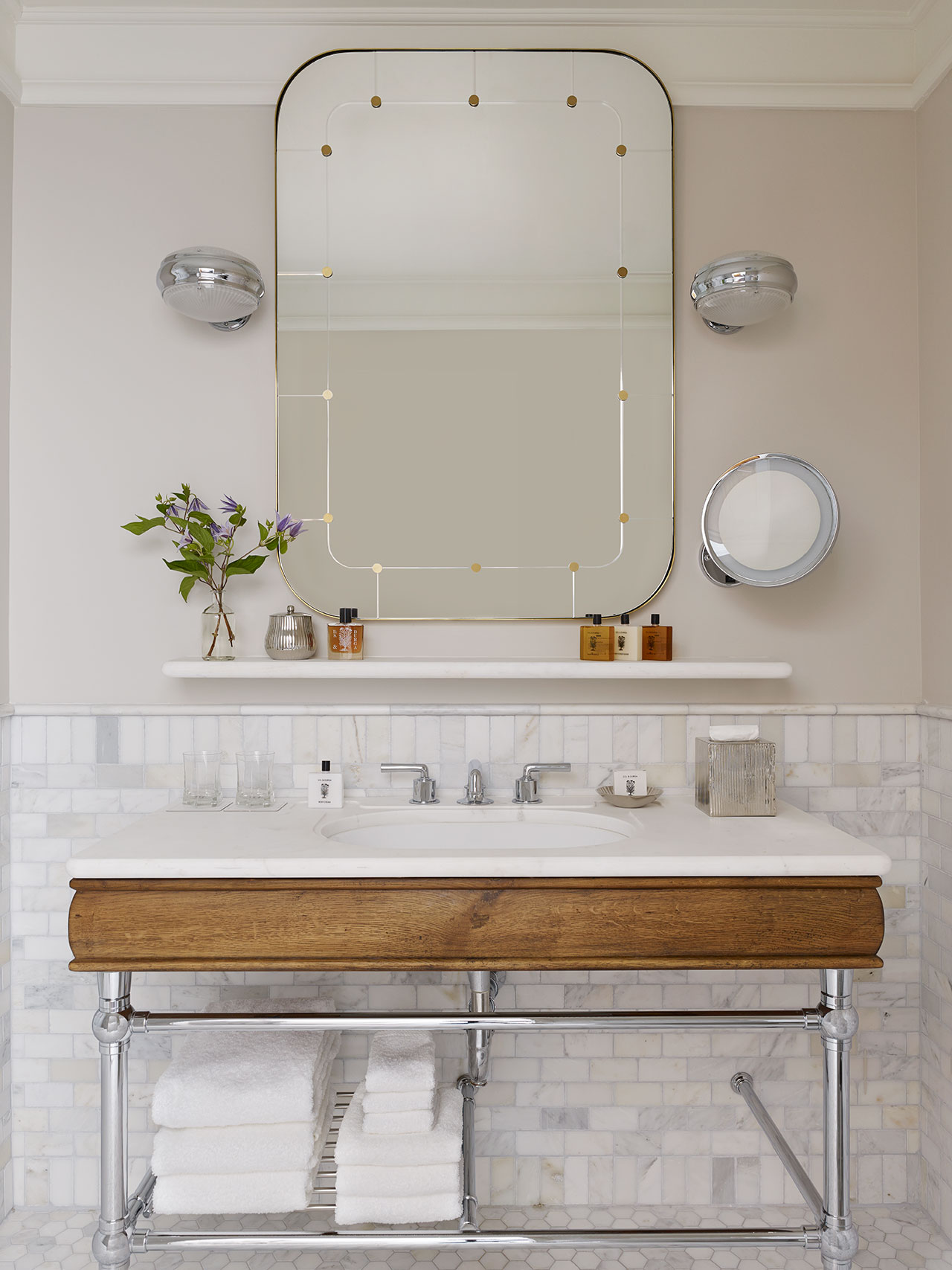
Photo by Bjorn Wallander.
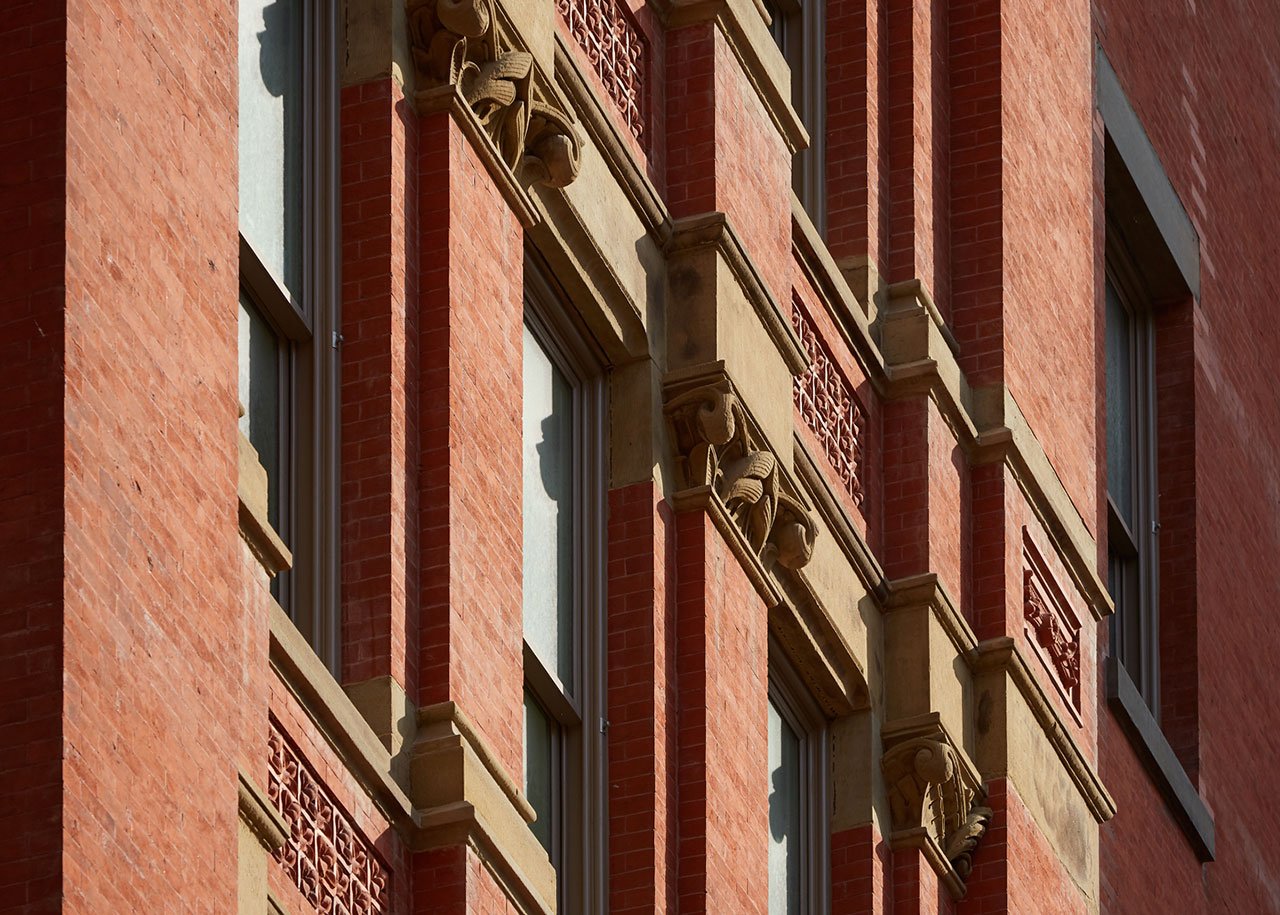
Photo by Tim Williams.
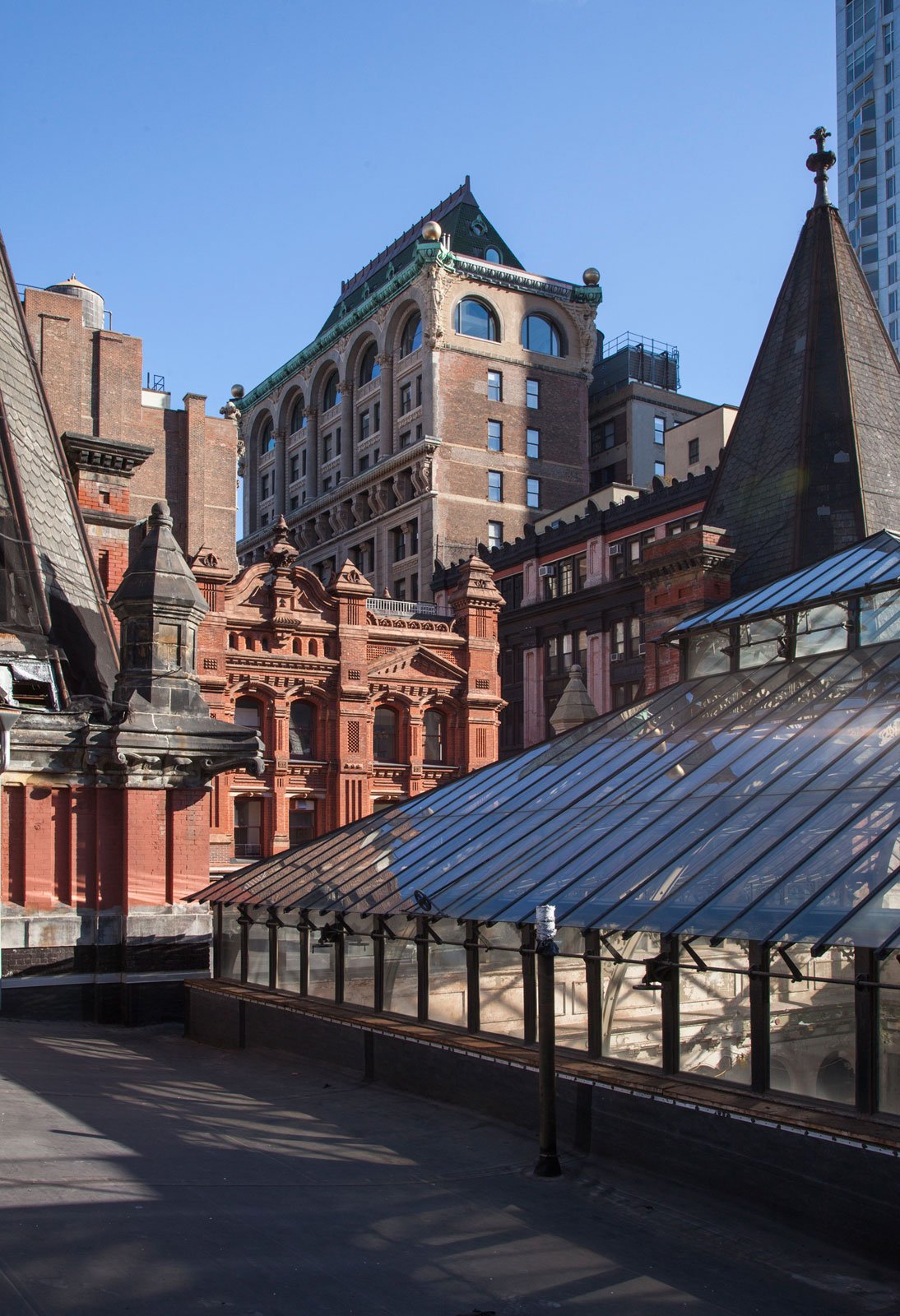
Photo by Richard Barnes.





